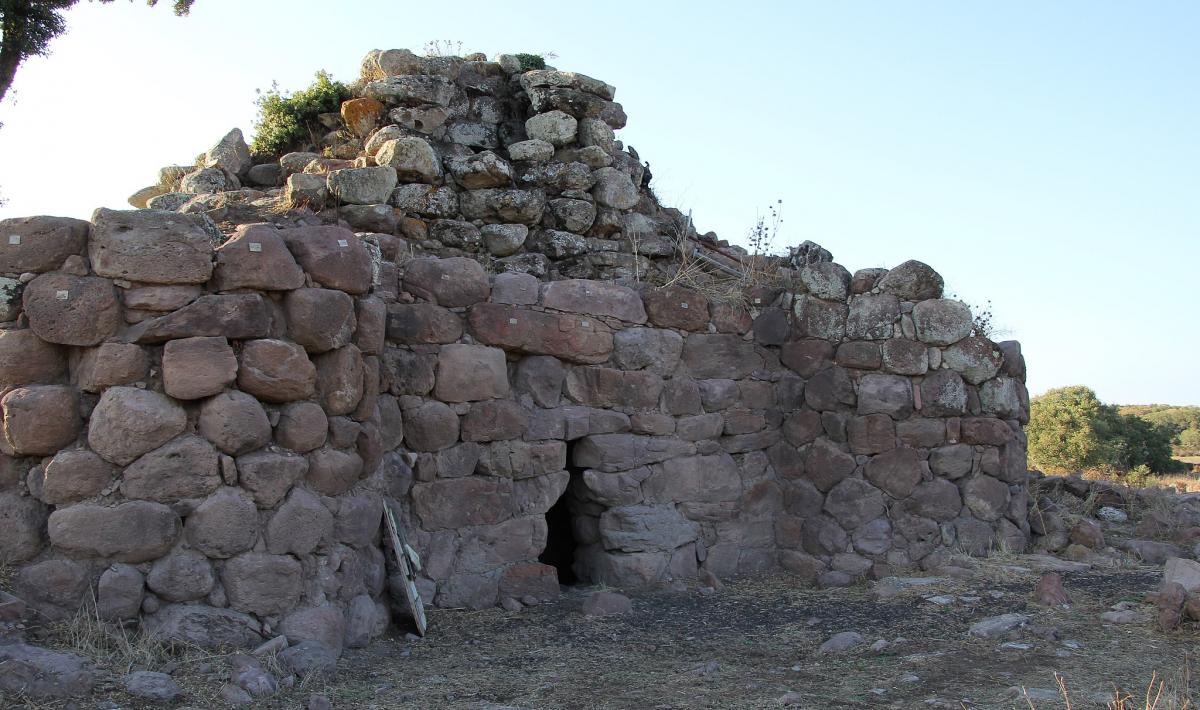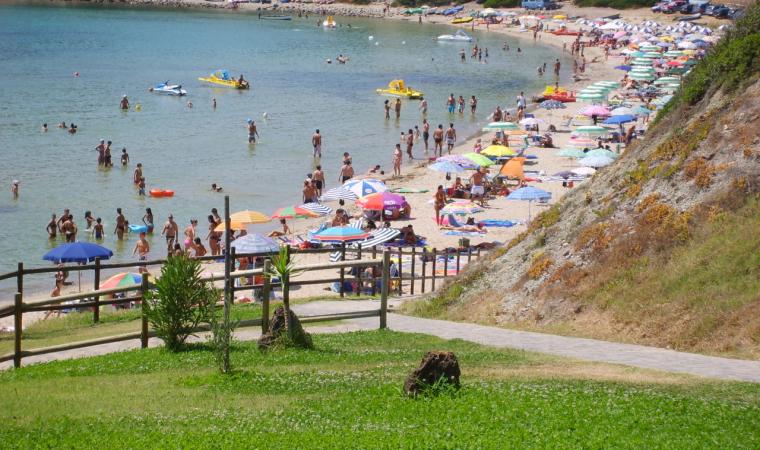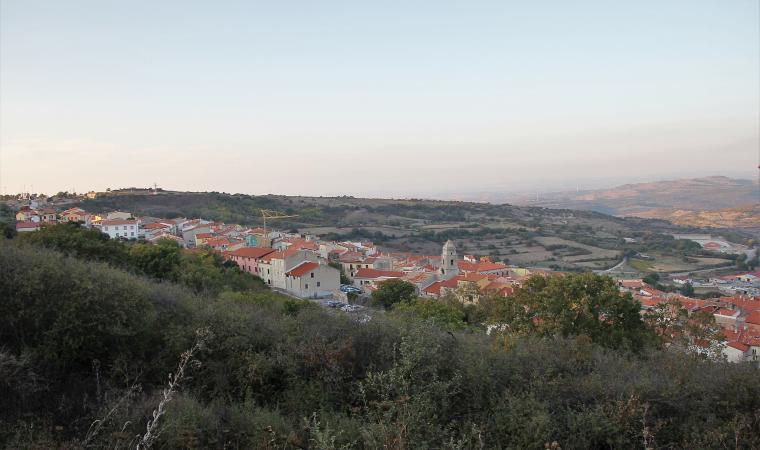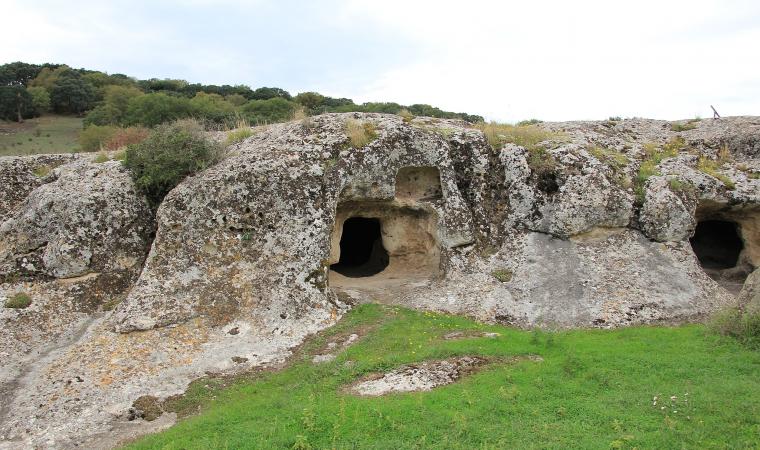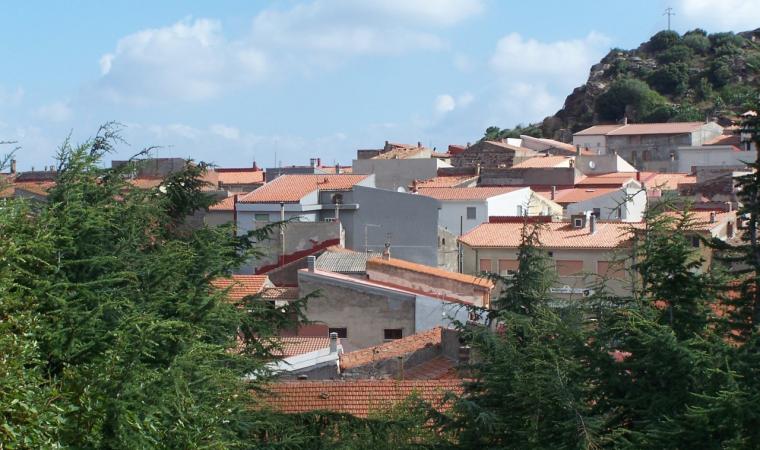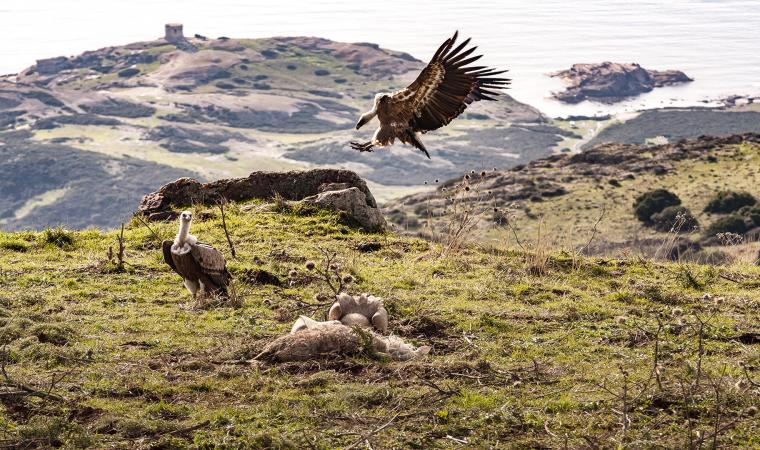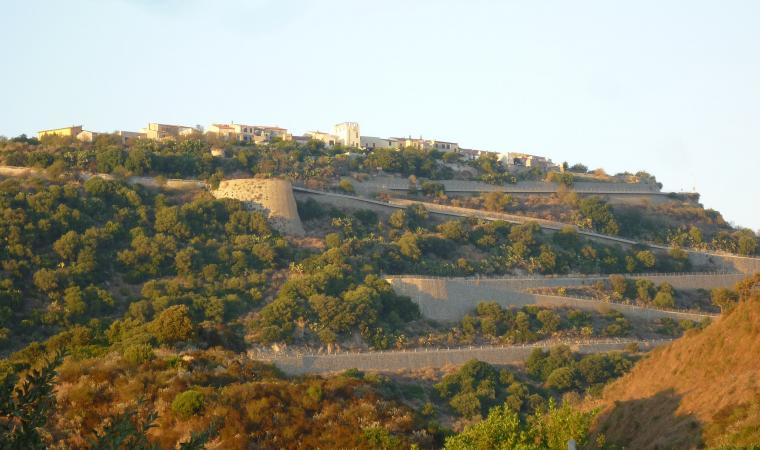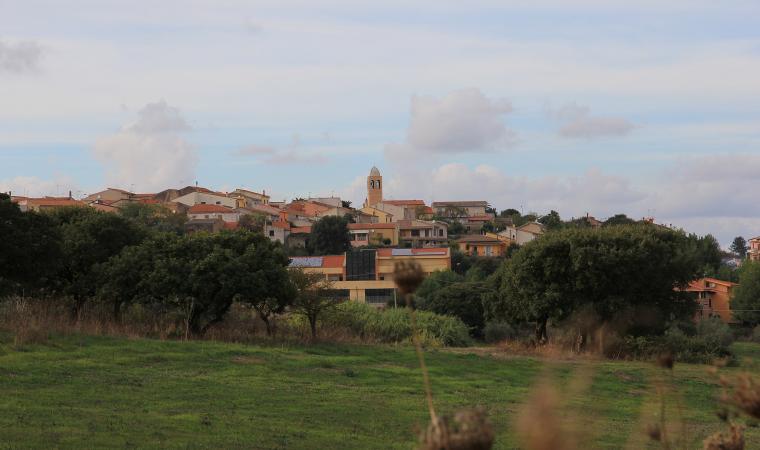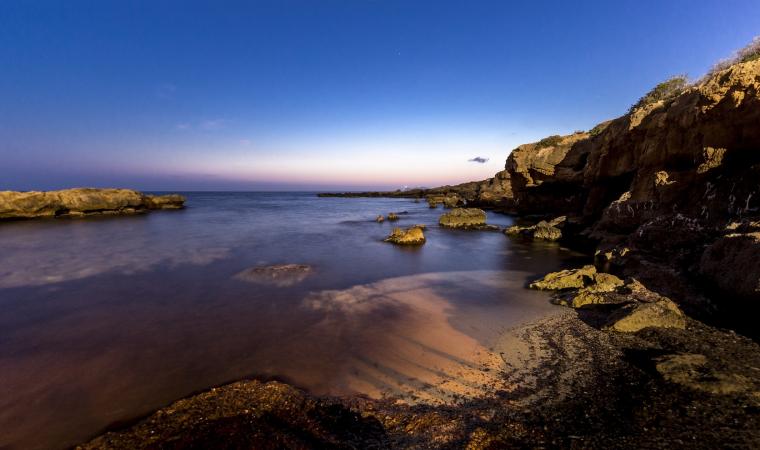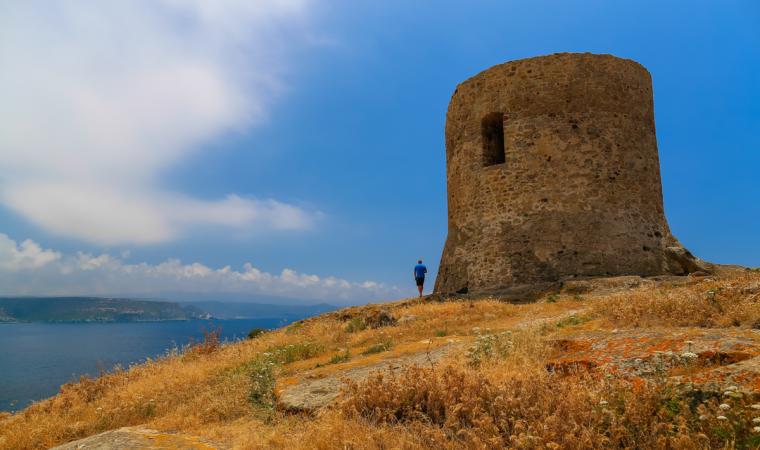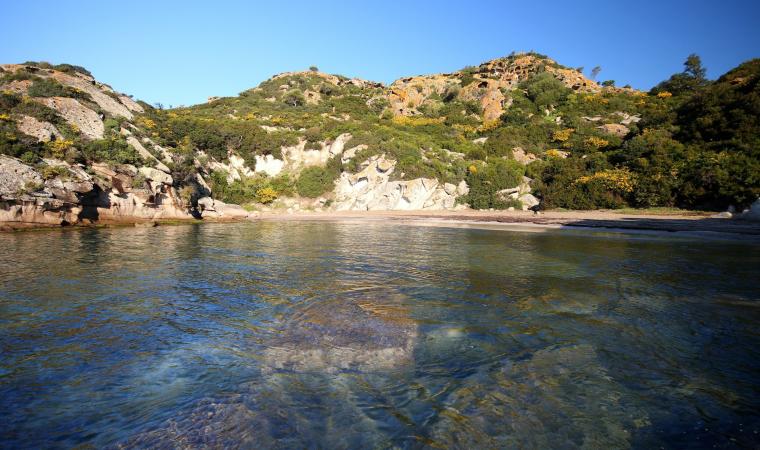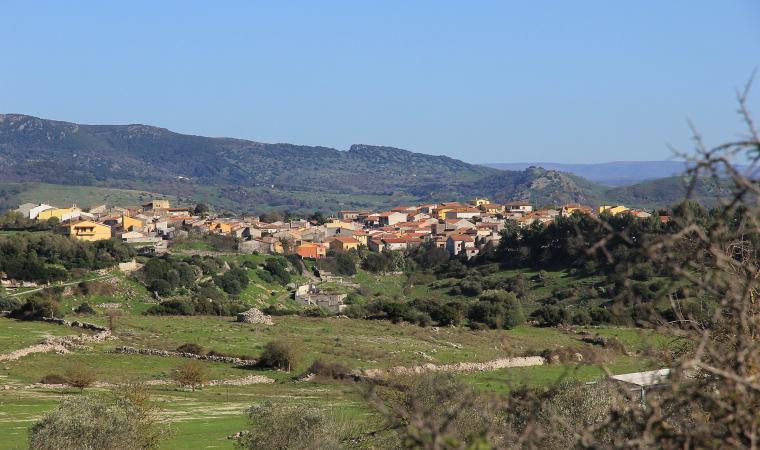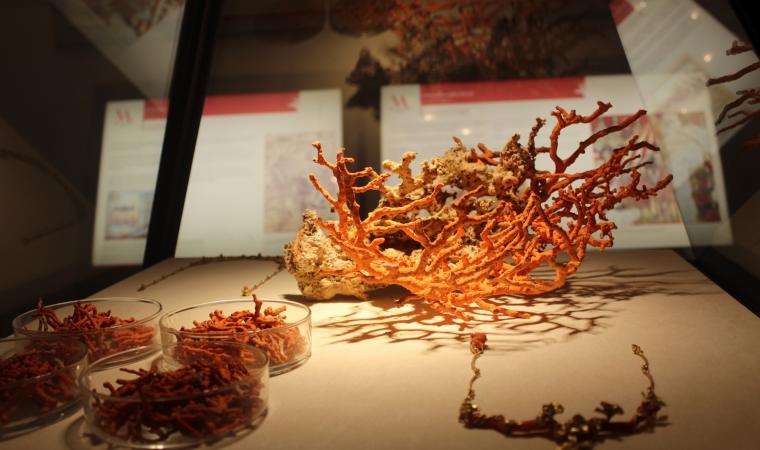A collapse had concealed its shape and safeguarded its secrets, but after restoration and consolidation works, the Nuraghe Appui finally revealed its - at least in its current state - uniqueness: the courtyard, or rather the space between the central tower (or keep) and bastion, is covered. The only small opening is in the upper reaches, intended to let light filter in and, probably, allow the smoke to exit when the hearths were lit. But who knows whether this fortress harbours further surprises, given that many of its rooms still remain to be studied.
The nuraghe sits in the countryside outside of Villanova Monteleone, facing the sea at the feet of mount Cuccu, at the very top of a plateau known as Chentu Mannas that looks out over the coastline between the protected areas of Capo Marargiu and Capo Caccia. The building is quadrilobed, with rectilinear walls connected to corner towers with carefully crafted ashlars in the shape of an ‘L.’ The main door will lead you to a covered courtyard, from which several openings lead to the keep and side towers. The central tower is 15 metres high, and you can see the tholos roofs of two superimposed chambers. In addition to the Appiu, the complex includes a village of some 200 huts, another nuraghe (with but a single tower), a Giants' tomb, two small dolmens and, not far away, a megalithic enclosure with a megaron temple. The huts studied so far are set in a pattern of groups around a central courtyard. The rooms must have served a variety of purposes as they appear divided into several internal areas separated by slabs and with niches, while the hearths were located at the sides. Even the materials found during the excavations bear witness to the various activities carried out and the vitality of the settlement: millstones, sharpening stones, mortars, flint and obsidian flakes, bronze sickles, askoid vases, pans, spindles and loom weights. Their conformation leads us to date the settlement to the beginning of the Iron Age, between the 10th and 9th centuries BCE. In addition to being homes, the huts probably also served as warehouses and artisanal workshops.
The nuraghe with the single tower is called Punta 'e su Crabile and has only one chamber with a residual height of 3.5 metres. Opposite it are the two dolmens. Between the two nuraghes, inside a cork oak wood, is a Giants’ tomb where you will see a rectangular apsidal tomb body and one of the arms of the semicircular exedra. The archaeological park is immersed in the greenery of oaks and holm oaks, surrounded by mountains overlooking the sea at the edge of the cliff. You can continue the archaeological tour in the Villanova Monteleone area and, going even further back in time, at the necropolis of Puttu Codinu, where you will find nine underground tombs whose walls are graced with carved sacred symbols and archaic decorations.

